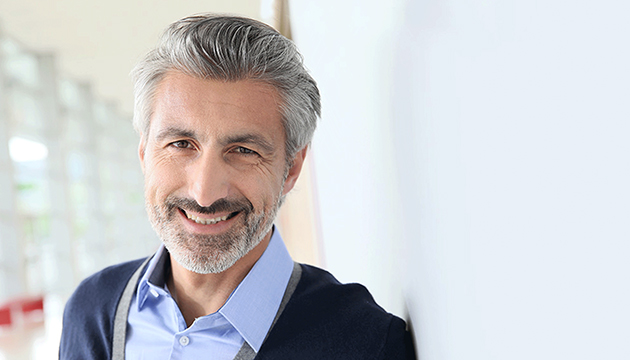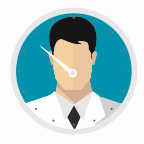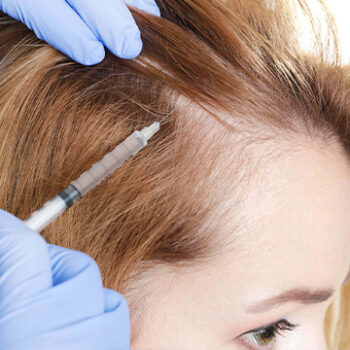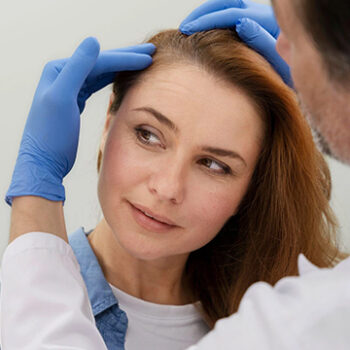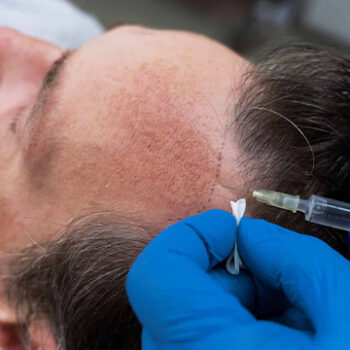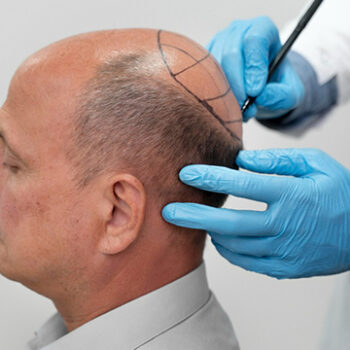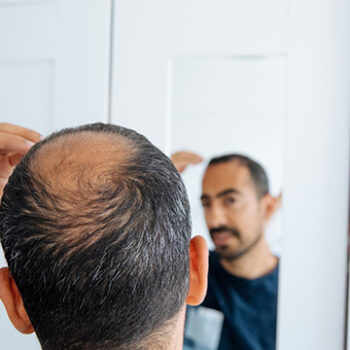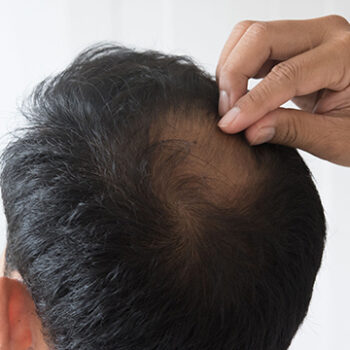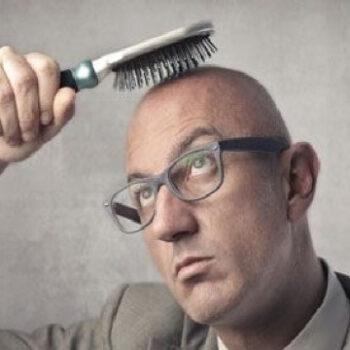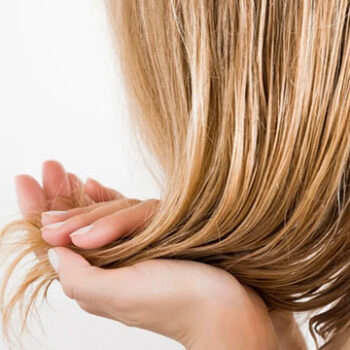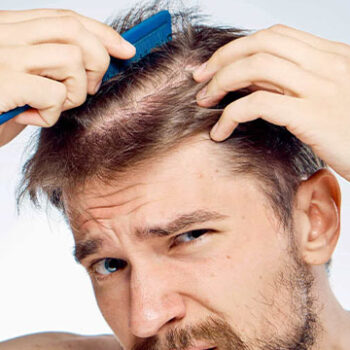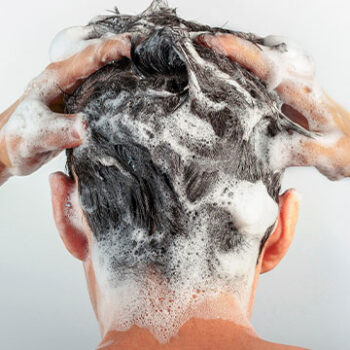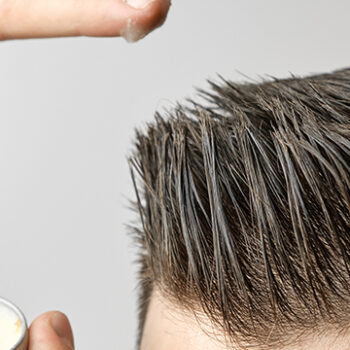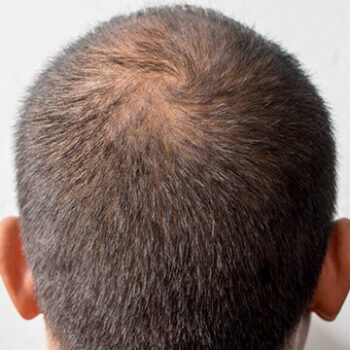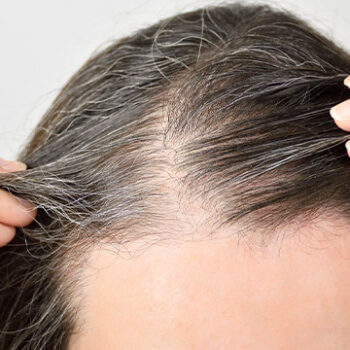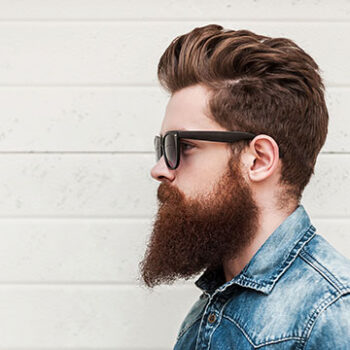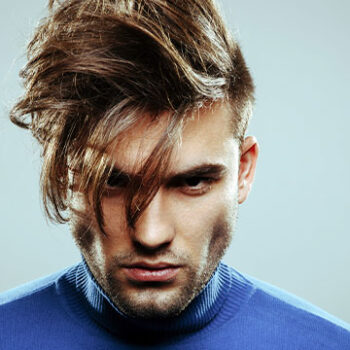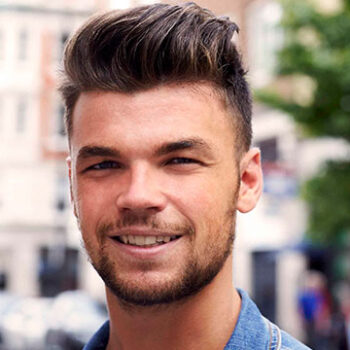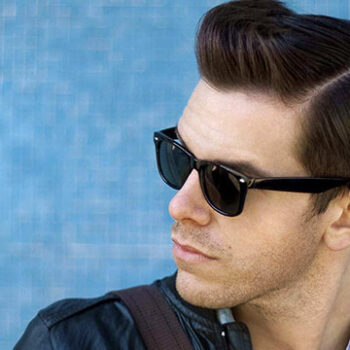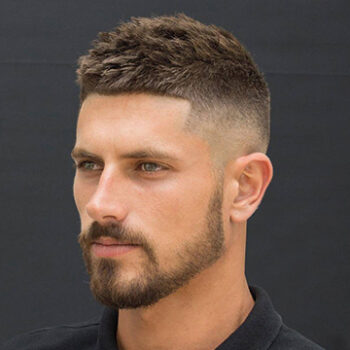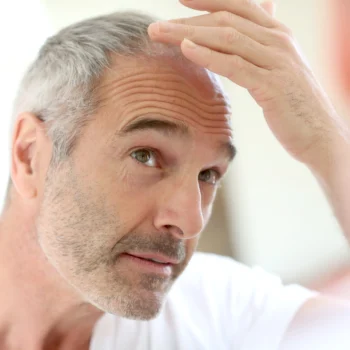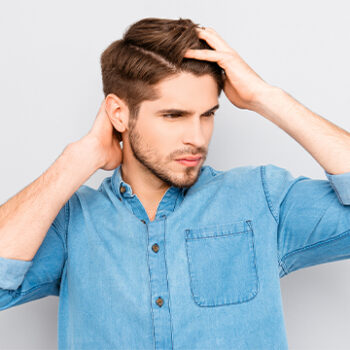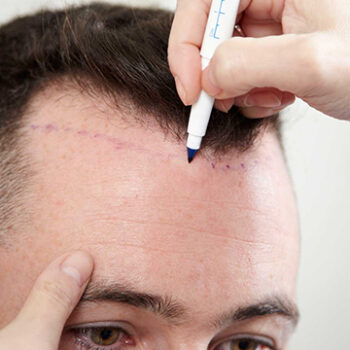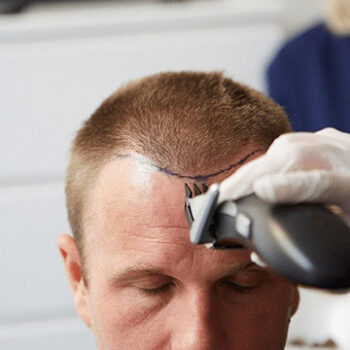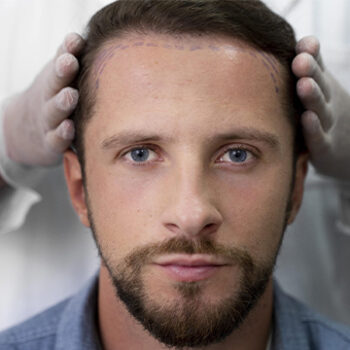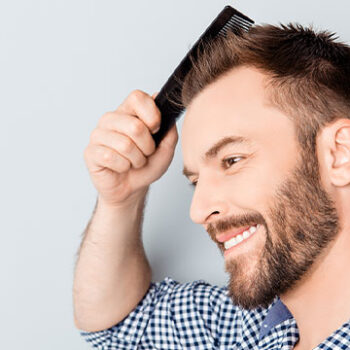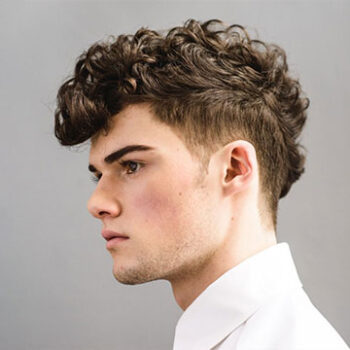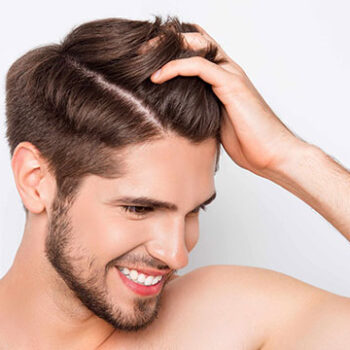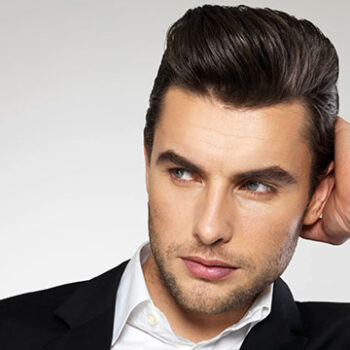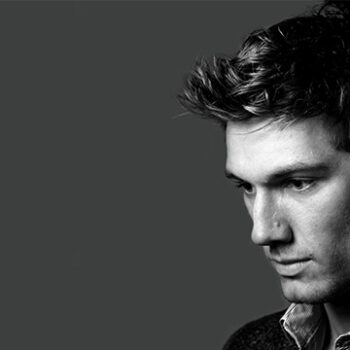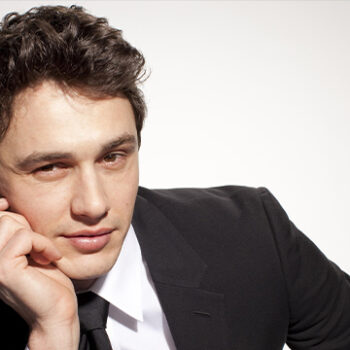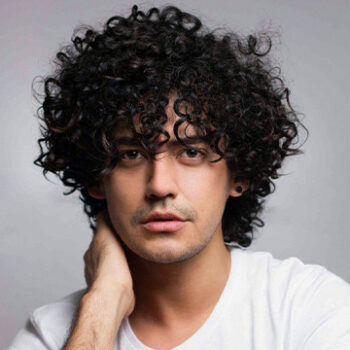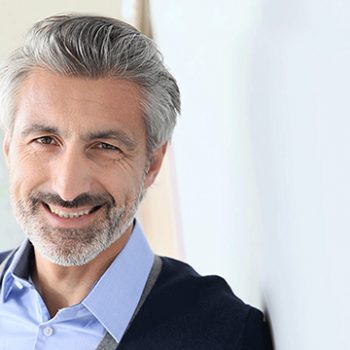The first night of hair transplantation is very important for the subsequent healing process and the success of the procedure. The first three days following the procedure, especially the first night, trauma and impact to the operation areas should be avoided, and the scalp should be protected against friction. For the first night, you can sleep on your back, facing the ceiling and with two pillows. It is important to lie in this position and not turning the head as much as possible, and to not lie on the side. A clean rolled up towel towel can be placed under the bandages on the donor area of the head. Placing a towel in this way will reduce contact between the pillow and the head as much as possible and prevent swelling. It is normal to see yellow spots on the bandages in the first night of the procedure, this is due to the serum injected into the scalp during the procedure.
People who cannot sleep on their back can lie in a sitting position, provided that they support their neck. If these patients have a reclining chair at home, they can also sleep in that chair. Again, these patients should place a towel under their pillow and lie down in a way that reduces friction with the the procedure area to zero.
Since the operation areas are traumatized after hair transplantation, swelling is an expected complication and goes away on its own. For seven days it is necessary to adjust the correct lying position so that swelling does not increase after hair transplantation. Pain, swelling, tenderness and edema are common complications after hair transplants.
The first three to four nights after hair transplants are when most of the swelling happens, after this period the swelling will begin to decrease rapidly. Sleeping in an elevated position will keep the swelling on the scalp and forehead under control. Lying on your back in a high position and on a soft pillow, avoiding rough movements and minimizing friction is important to prevent hair follicles from dislodging and controlling swelling.
People who are used to sleeping face down should change this habit for a while in order to control the swelling after hair transplantation. Lying face down will increase swelling. It is important to lie down with the head held at a 45-degree angle, especially for the first five to seven nights, to increase healing and control swelling. If the patient has a reclining chair and wants to sleep in the reclining chair during this process, they can do so since it can keep the hairline coming in contact with the pillow, help avoid friction and keep the head stable.
How to Cleanse After Hair Transplantation?
For a few days after the hair transplant, the patient’s pillow, bed sheet and blanket should be changed every day, care should be taken to ensure that they are clean. These items should be washed with natural products rather than those containing allergens and heavy chemicals that may irritate the scalp. Considerable attention must be paid to cleanliness in order to get a good night’s sleep and minimize the risk of infection.
After the hair transplant, there may be slight leakage from the scalp or yellow stains may be seen on the bandage wrapped in the procedure area. This is due to the serum injected during transplantation. It will be healthy to put a towel between the pillow and the head, as this leak will contaminate the pillow and impair hygiene. There is a risk of infection when the dirty pillow comes into direct contact with the treatment area when there is no towel.
Patients should wait at least ten days before returning to everyday life after hair transplantation. This period includes physical activities, sleeping positions, and behaviors such as washing hair. The patient needs a period of 7-10 days for the newly planted hair follicles to attach and the process to be successful. 10 days after the hair transplant, patients can lie down as they wish, after three days, when the bandages are removed, they can take a shower and continue their daily activities. It is strictly forbidden for the patient engage in strenuous activities and lift heavy objects during this period, any impact, trauma and friction will affect the success of the procedure and cause the newly transplanted hair follicles to dislodge.
You can always reach us for detailed information about hair transplantation techniques and transplant methods that are suitable for you and for an appointment via the clinic contact numbers.

 English
English Français
Français Deutsch
Deutsch Türkçe
Türkçe 中國人
中國人